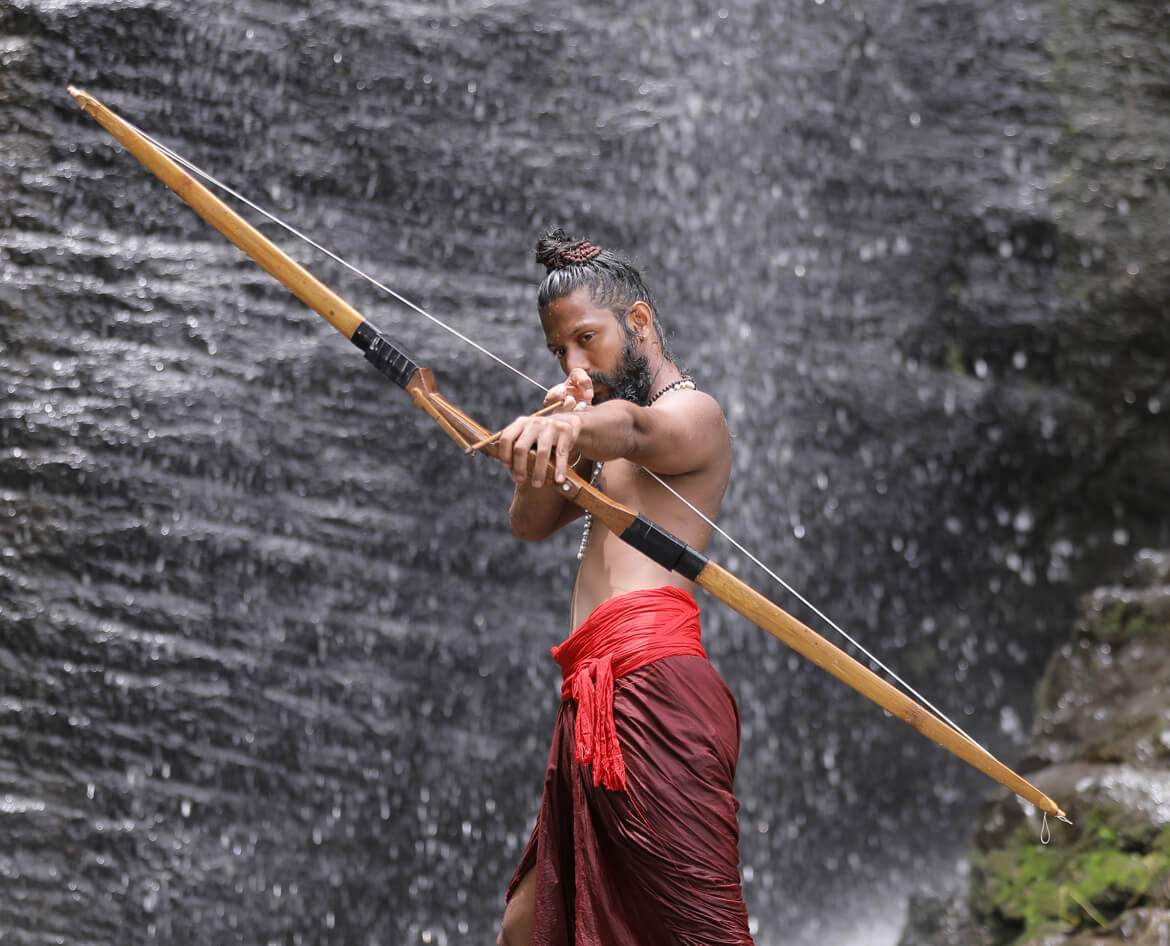Kalaripayattu, one of the oldest martial arts, is as much about physical prowess as it is about mental discipline. Integral to this art form is the use of a variety of weapons, each with its own history, significance and technique. The weapons used in Kalaripayattu not only delve into the martial arts but also a rich cultural heritage.
Urumi: A Lethal Flexibility
The Urumi, a flexible sword, is one of the most unique and dangerous weapons in Kalaripayattu. It requires exceptional skill and agility to wield without injuring oneself. The Urumi can be used to attack multiple opponents at once, making it a formidable weapon in the hands of a master.
Sword and Shield: The Classic Duo
The sword and shield combination is perhaps the most iconic in Kalaripayattu. The sword, or ‘Val’, is used for striking and cutting, while the shield, or ‘Paricha’, is for defense. This combination requires a harmonious balance of offense and defense, teaching the practitioner the importance of equilibrium in combat.
Dagger: Swift and Stealthy
Daggers, known as ‘Katar’ in the local language, are used for close combat. These short, pointed weapons are designed for quick, lethal strikes and are often used in self-defense techniques.
Stick
The Foundation Stick fighting, using a long or short stick, forms the foundational training of weapon usage in Kalaripayattu. It helps practitioners understand distance, timing and rhythm in combat.
Spear: Reach and Agility
The spear, or ‘Kuntham’, is used for its reach and versatility. In Kalaripayattu, spear techniques involve a mix of thrusts and swings, requiring a blend of strength, speed and precision.
Otta
Otta refers to a unique, curved wooden weapon. The Otta is designed with a specific curvature that aligns with the body’s natural movements, making it an effective tool for both offense and defense. Training with the Otta involves mastering complex maneuvers and is integral to the advanced stages of Kalaripayattu, focusing on precision, agility and fluidity of motion
Venmazhu
It is a type of traditional battle-axe. Kalaripayattu is known for its dynamic movements and diverse array of weapons, and the Venmazhu is among its more distinctive armaments. This axe typically features a short, curved blade that is sharp on both sides, attached to a wooden handle. The design of the Venmazhu allows for swift, powerful strikes and its use in Kalaripayattu training emphasizes strength, coordination and precision
Mace
Mace, also known as “Gada,” is a significant weapon. It symbolizes strength and skill, and its use is deeply embedded in the martial tradition. The mace typically consists of a heavy, spherical head attached to a wooden or metal shaft. Training with the mace is not just about mastering a weapon for combat; it is also a form of physical conditioning, enhancing the practitioner’s strength, endurance and coordination. The rigorous exercises involve swinging the mace in various patterns, requiring and fostering a high degree of control and fluidity.
Conclusion
Kalaripayattu’s weapons are not just tools of combat; they are extensions of the practitioner’s body and mind. Each weapon teaches a different aspect of the martial art, from flexibility and precision to power and balance. Understanding these weapons gives one a deeper insight into the philosophy and discipline of Kalaripayattu, a martial art that is as spiritual as it is physical.
FAQs
Q: How important is weapon training in Kalaripayattu
A: Weapon training is a crucial part of Kalaripayattu and is usually introduced after the practitioner has mastered the basic physical training. It is considered essential for developing higher skills in combat and discipline.
Q: Are there any special rituals associated with weapons in Kalaripayattu?
A: Yes, weapons are often treated with great respect and are sometimes consecrated through special rituals. These rituals are believed to imbue the weapons with spiritual power and the warrior with protection and strength.
Q: Can beginners learn weapon techniques in Kalaripayattu?
A: Beginners usually start with physical conditioning and basic martial arts techniques. Weapon training is introduced at an advanced stage after the practitioner demonstrates adequate physical fitness, discipline and mastery of unarmed techniques.
Q: Are there any age or physical restrictions for learning weapon techniques in Kalaripayattu?
A: As with any martial art, physical fitness and conditioning are important. However, Kalaripayattu is adaptable to various ages and physical abilities. The decision to train with weapons is usually at the discretion of the instructor, based on the student’s skill and readiness.





